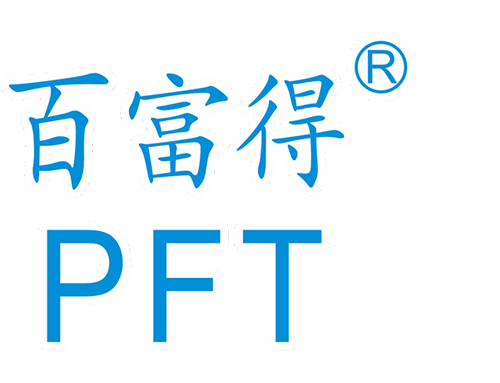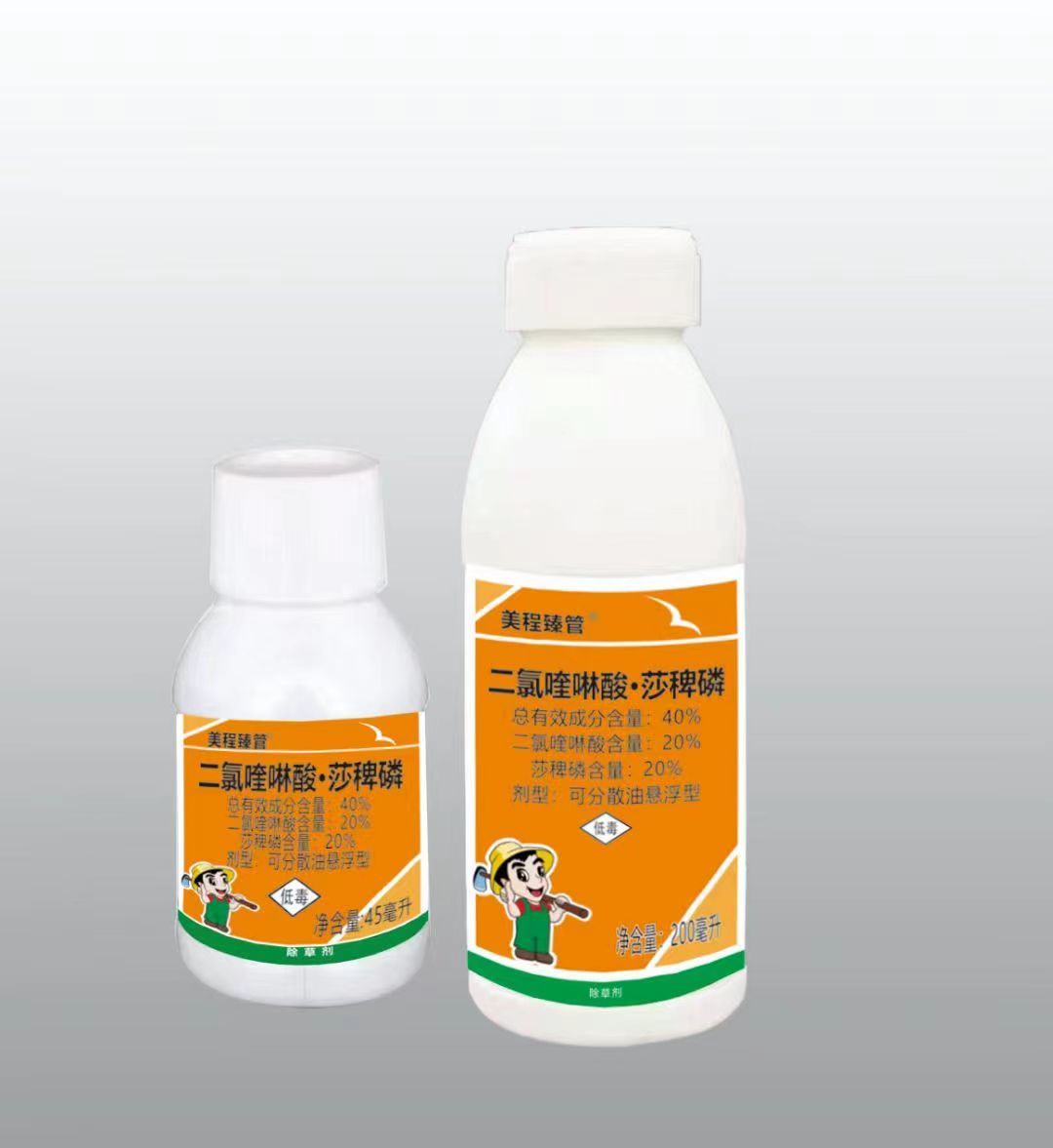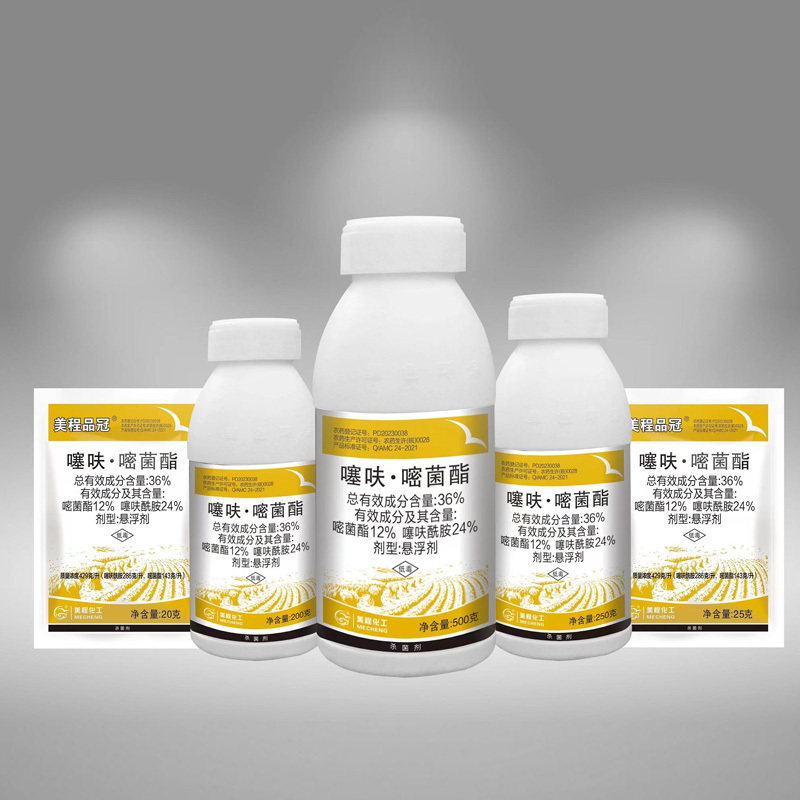Understanding the Benefits of Insect Growth Regulator Products in Agriculture
Time
2025-04-25
Understanding the Benefits of Insect Growth Regulator Products in Agriculture Table of Contents 1. Introduction to Insect Growth Regulators (IGRs) 2. The Science Behind IGRs: How They Work 3. Key Benefits of IGRs in Agriculture 3.1 Enhanced Pest Control 3.2 Environmentally Friendly Solutions 3.3 Improved Crop Yield and Quality 3.4 Reduction of Chemical Pesticides 4. Types of Insect Growth Regulato
Understanding the Benefits of Insect Growth Regulator Products in Agriculture
Table of Contents
1. Introduction to Insect Growth Regulators (IGRs)
2. The Science Behind IGRs: How They Work
3. Key Benefits of IGRs in Agriculture
3.1 Enhanced Pest Control
3.2 Environmentally Friendly Solutions
3.3 Improved Crop Yield and Quality
3.4 Reduction of Chemical Pesticides
4. Types of Insect Growth Regulators
4.1 Chitin Synthesis Inhibitors
4.2 Juvenile Hormone Analogs
4.3 Ecdysteroid Receptor Agonists
5. Application Methods for IGRs
5.1 Soil Treatment
5.2 Foliar Application
6. Best Practices for Using IGRs in Agriculture
7. FAQs about Insect Growth Regulators
8. Conclusion: The Future of Agriculture with IGRs
1. Introduction to Insect Growth Regulators (IGRs)
Insect Growth Regulators (IGRs) are innovative substances used in agriculture to manage pest populations effectively. Unlike traditional pesticides that kill insects on contact or through ingestion, IGRs disrupt the development of insects at various life stages. By interfering with the normal growth process, they effectively reduce pest populations while minimizing harm to beneficial organisms.
2. The Science Behind IGRs: How They Work
IGRs mimic hormones involved in the growth and development processes of insects. They can regulate or inhibit the synthesis of chitin, a crucial component of the insect exoskeleton. Additionally, IGRs can affect hormone levels, leading to improper molting or reproduction failure. Understanding these mechanisms is essential for their effective application in agricultural practices.
3. Key Benefits of IGRs in Agriculture
3.1 Enhanced Pest Control
IGRs provide a targeted approach to pest management. By focusing on the growth and reproductive stages of insects, they significantly reduce the likelihood of pest outbreaks. This method allows for a more balanced ecosystem, where beneficial insects thrive without the interference of harmful pests.
3.2 Environmentally Friendly Solutions
As concerns about chemical pesticide residues and their impacts on health and the environment grow, IGRs offer a more sustainable alternative. They are designed to be less toxic to non-target species, including humans, animals, and beneficial insects. This reduced toxicity makes them a safer option for farmers and consumers alike.
3.3 Improved Crop Yield and Quality
By effectively managing pest populations, IGRs contribute to healthier crops. When crops are protected from damaging insects, yields increase, and the quality of produce improves. Healthy plants can photosynthesize more efficiently, leading to better growth and fruiting.
3.4 Reduction of Chemical Pesticides
The adoption of IGRs can lead to a significant reduction in the use of conventional chemical pesticides. This not only decreases the overall chemical load on the environment but also helps combat the problem of pesticide resistance, which is becoming increasingly common among pest populations.
4. Types of Insect Growth Regulators
IGRs are classified into several categories based on their chemical structure and modes of action. Each type offers unique advantages in pest management.
4.1 Chitin Synthesis Inhibitors
These IGRs disrupt the synthesis of chitin, which is necessary for the formation of the insect exoskeleton. As a result, the insects can’t complete their development, leading to mortality in larval stages.
4.2 Juvenile Hormone Analogs
Juvenile hormone analogs prevent immature insects from molting into adults. This leads to a decrease in the population of reproductive adults, effectively managing pest numbers.
4.3 Ecdysteroid Receptor Agonists
These compounds mimic ecdysteroids, hormones that control the molting process. By affecting the molting cycle, these IGRs can stunt growth and reduce reproductive capacity in target pest populations.
5. Application Methods for IGRs
To maximize the effectiveness of IGRs, it is crucial to understand the various application methods available.
5.1 Soil Treatment
Soil application of IGRs involves incorporating these products into the soil, allowing them to be absorbed by plants. This method is particularly effective for targeting root-feeding pests and ensuring that crops are protected from the ground up.
5.2 Foliar Application
Foliar application involves spraying IGRs directly onto the leaves of plants. This method is beneficial for targeting pests that feed on foliage, providing immediate protection while reducing the risk of pest resurgence.
6. Best Practices for Using IGRs in Agriculture
Implementing best practices ensures the optimal effect of IGRs in pest management. Farmers should consider the following recommendations:
1. **Integrate IGRs with Other Pest Management Strategies**: Combining IGRs with cultural, mechanical, and biological control methods enhances overall effectiveness.
2. **Monitor Pest Populations**: Regular monitoring allows farmers to time IGR applications effectively, targeting critical life stages of pests.
3. **Educate Agricultural Workers**: Training on the proper use and benefits of IGRs can improve their adoption and effectiveness in pest management programs.
7. FAQs about Insect Growth Regulators
**Q1: Are IGRs safe for humans and pets?**
A1: Yes, IGRs have a lower toxicity profile compared to conventional pesticides, making them relatively safe for humans and pets when used according to label instructions.
**Q2: How quickly do IGRs work?**
A2: IGRs may not provide immediate results like traditional pesticides. However, their long-term effectiveness in reducing pest populations is significant.
**Q3: Can IGRs be used in organic farming?**
A3: Many IGRs are approved for use in organic farming, but it’s essential to check local regulations and certifications.
**Q4: Do IGRs affect beneficial insects?**
A4: IGRs are designed to minimize harm to beneficial insects. However, it is still important to apply them carefully to avoid unintended impacts.
**Q5: How can I determine the right IGR for my crops?**
A5: Consulting with agricultural extension services or pest management advisors can help in selecting the appropriate IGR based on specific crop needs and pest issues.
8. Conclusion: The Future of Agriculture with IGRs
Insect Growth Regulators represent a promising advancement in agricultural practices, offering effective pest management solutions that align with sustainable farming principles. As we move towards more environmentally friendly agricultural practices, the role of IGRs will only become more critical. By integrating these products into pest management strategies, farmers can improve crop health, enhance yields, and foster a balanced ecosystem. Embracing IGRs not only supports the immediate needs of agricultural productivity but also contributes to the long-term health of our environment.
Latest News





